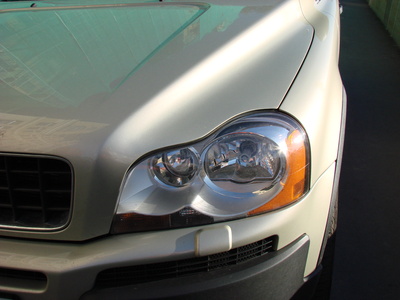
Headlight regulations exist in each state to provide minimum safety standards for automobile and motorcycle travelers. Laws may vary from state to state, so it's important for vehicle operators to become familiar with the laws in their home state, as well as states they plan to travel to. The state of Nevada has set forth several regulations regarding headlights for automobiles and motorcycles.
Nevada law states that all vehicles, with the exception of motorcycles and mopeds, must have at least two headlights with at least one on each side of the front of the vehicle. Each headlight cannot be more than 54 inches off the ground (snow removal vehicles are the exception) and cannot be less than 24 inches off the ground. Trucks, buses and trailers that are 80 inches wide or more must have extra clearance lamps in amber color on the front of the vehicle.

Nevada law also allows vehicle operators to utilize no more than two auxiliary passing lamps, provided they are mounted on the front of the vehicle at a height between 24 and 42 inches. A vehicle may also have two fog lamps on the front of the vehicle mounted at a height between 12 and 30 inches, as long as none of the high-beam portion of the left light projects no more than 4 inches above the center of the lamp at a distance of 25 feet. Even though all these lights may be allowed on a vehicle, Nevada state law requires that no more than four such auxiliary lights may be lit at one time if any of the lamps are capable of projecting a beam of 300 candlepower or more.

When riding a motorcycle in Nevada, you must be aware of specific headlight regulations for driving motorcycles on the highway and off-road. For highway use, Nevada law requires motorcycles to have at least one headlight. Modulating beam headlights are also acceptable for use. If you plan on driving your motorcycle off-road, you are not required to have any headlight on your motorcycle, although one is recommended if you plan to ride during the night.

Nevada law states that any vehicle traveling on a highway must have its headlights on from one half hour after sunset to one half hour before sunrise. Headlights must also be turned on when inadequate light, weather conditions or other atmospheric phenomena cause driver visibility to be reduced below 1,000 feet.
